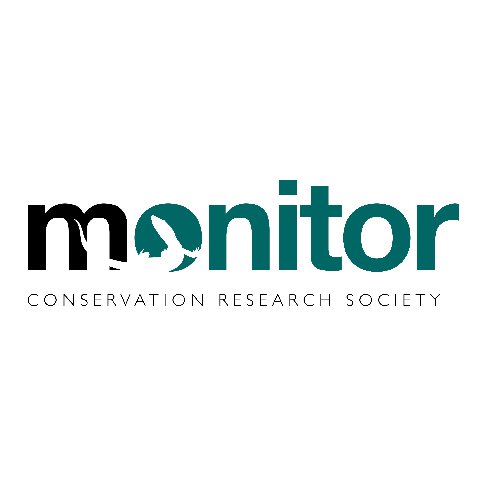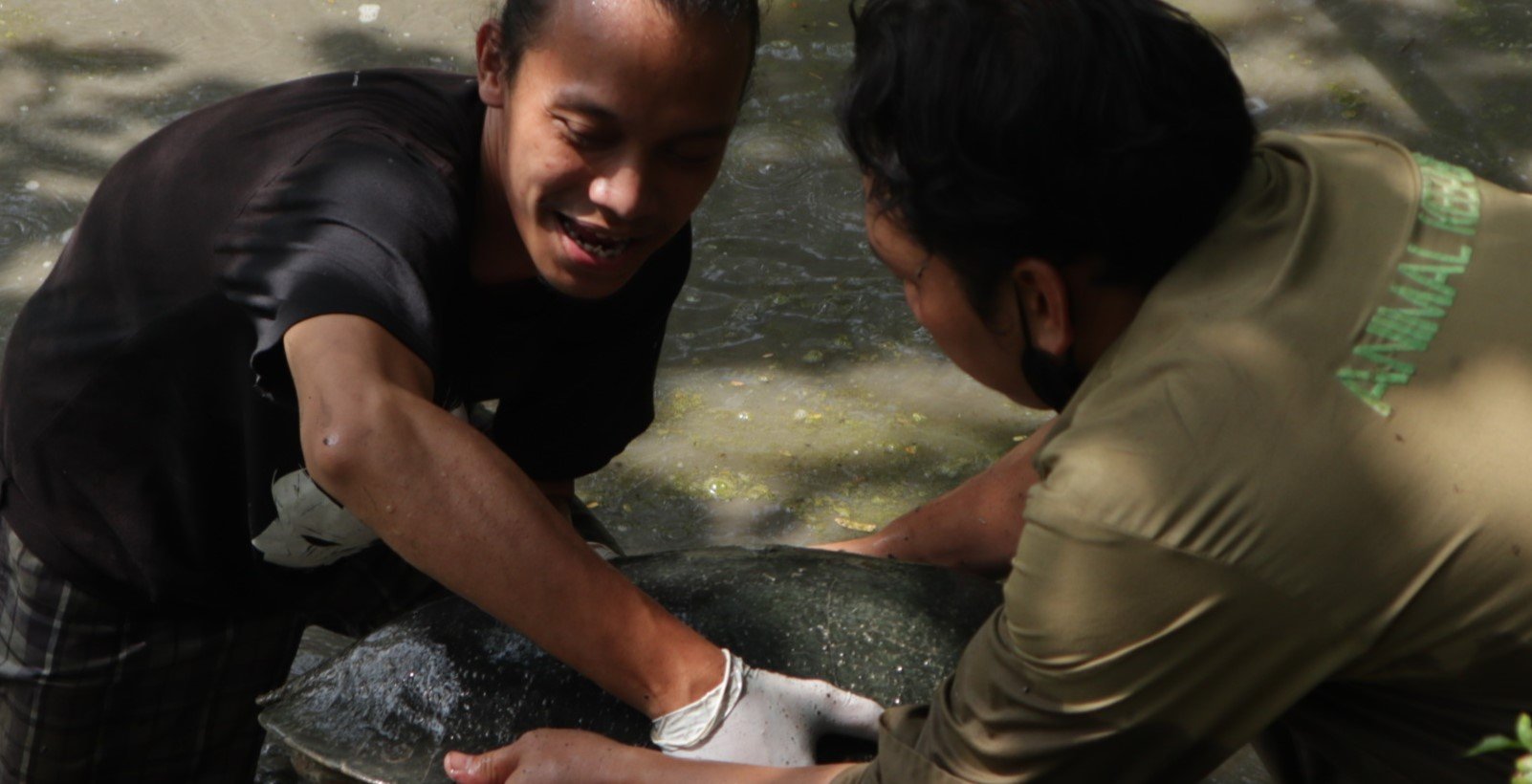
© ACCB
Grantee projects
In response to the urgent need for increased investment in the conservation of ASAP Species, we established four ASAP funds to support the vital efforts of ASAP Partners to save threatened species from the brink of extinction.
Our approach to funding doesn’t stop at giving a grant. We work closely with grantees, providing bespoke support and offering longer-term bridge funding that builds the resilience and sustainability of organisations.
Organisation: Project Palaka
Country: Philippines
Organisation: Lao Wildlife Trust for Conservation
Country: Lao PDR
Organisation: Angkor Centre for Conservation of Biodiversity
Country: Cambodia
Organisation: PROGRES
Country: Indonesia
Organisation: Universiti Malaysia Terengganu
Country: Malaysia
Organisation: Katala Foundation Incorporated
Country: Philippines
Organisation: Philippine Eagle Foundation
Country: Philippines
Organisation: Zoological Society of London
Country: Vietnam
Organisation: Friends of National Parks Foundation
Country: Indonesia
Organisation: Monitor Conservation Research Society
Country: Indonesia
Organisation: Selamatkan Yaki and PINA e.V
Country: Indonesia
Organisation: Ostrava Zoo
Country: Vietnam
Organisation: Cikananga Integrated Conservation Society – Yayasan Cikananga Konservasi Terpadu
Country: Indonesia
Organisation: Project Palaka
Country: Philippines
Organisation: Friends of National Parks Foundation
Country: Indonesia
Organisation: BISA Indonesia
Country: Indonesia
Organisation: Saola Foundation
Country: Lao PDR
Organisation: WRC Jogja
Country: Indonesia
Organisation: Endemic Indonesia Society
Country: Indonesia
Organisation: PROGRES
Country: Indonesia
Organisation: D’Aboville Foundation and Demo Farm Inc
Country: Philippines
Organisation: Universiti Malaysia Terengganu
Country: Malaysia
Organisation: Bangladesh Environment and Development Society (BEDS)
Country: Bangladesh
Organisation: BISA Indonesia
Country: Indonesia
Organisation: Indonesia Herpetofauna Foundation
Country: Indonesia
Organisation: Lao Conservation Trust for Wildlife
Country: Lao PDR
Organisation: Saola Foundation
Country: Lao PDR
Organisation: Angkor Centre for Conservation of Biodiversity (ACCB)
Country: Cambodia
Organisation: Central Institute for Natural Resources and Environmental Studies (CRES)
Country: Vietnam





























Organisation: Talarak Foundation Inc
Country: Philippines